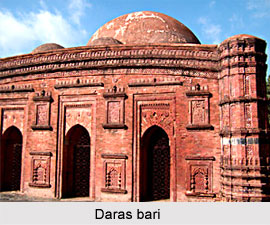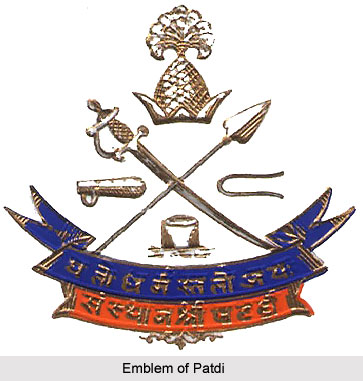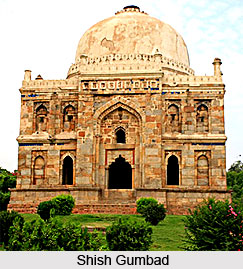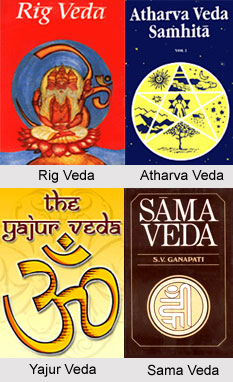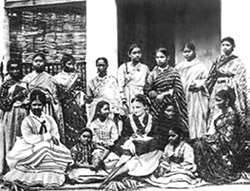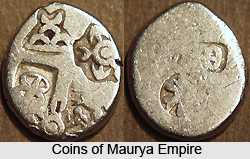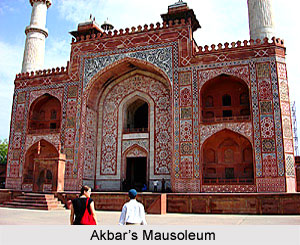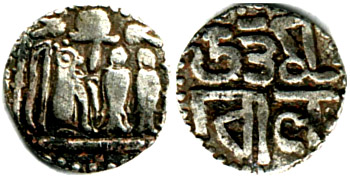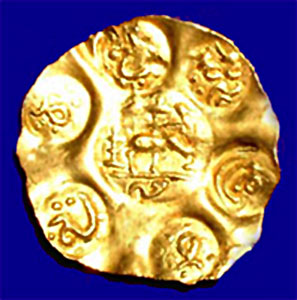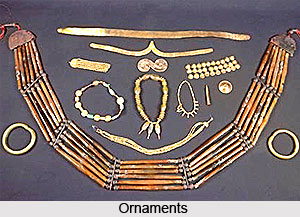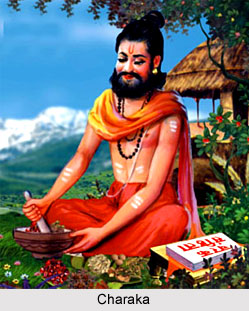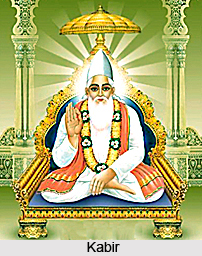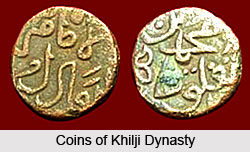The 10th Regiment of Bengal Cavalry was a military regiment of the British Indian Army which existed from the year 1857 to 1946. The army unit was a part of the Bengal Army, which was the military force of Bengal Presidency and one of the 3 major Presidency Armies in British India. The British Presidency Armies belonged to the British East India Company until the Great Revolt of 1857. The Government of India Act 1858, which was authorized after the Sepoy Mutiny in the year 1857, transferred the authority of the 3 Presidency Armies to the British Empire in India. In the year 1903, the 3 separate presidency armies were united to form the combined British Indian Army. After Indian independence, the army unit became a part of the modern Indian Army. The 10th Regiment of Bengal Cavalry was also known as the 4th Duke of Cambridge`s Own Hodson`s Horse and the 10th Regiment of Bengal Lancers regiment.
History of 10th Regiment of Bengal Cavalry
The cavalry regiment was raised as 4th Duke of Cambridge`s Own Hodson`s Horse, or simply as Hodson`s Horse by Brevet Major William Stephen Raikes Hodson in the year 1857. The purpose of the unit was to provide military service to the British East India Company during the Great Revolt of 1857. Risaldar Major Man Singh formed the first troop or risala of the unit. The 10th Regiment of Bengal Cavalry was founded as a regiment of irregular cavalry to support in the subjugation of the rebels and to control the mutiny. Later the army unit became a part of the British Army in India.
The official name of the military regiment was altered many times since its origin in year 1857. Later in 1859, the 10th Regiment was divided into 2 separate units that existed as the 9th Bengal Lancers regiment and 10th Bengal Lancers regiment. Afterwards, the 10th Bengal Lancers was re-designated as the Duke of Cambridge`s own in 1878. In the year 1921, the British Indian army decided to decrease the number of cavalry regiments. Instead of dissolving the excess army units, the several army regiments were merged in pairs. Accordingly, the entire line of cavalry regiments was re-designated and renumbered. Hence, the 2 battalions were known as the 10th Duke of Cambridge`s Own Lancers (Hodson`s Horse).
Operations of 10th Regiment of Bengal Cavalry
The cavalry unit took part in the Battle of Cambrai and the Battle of the Somme during the First World War. It also fought in several other battles, such as Battle of Givenchy in 1914, Battle of the Somme in 1916, Battle of Bazentin, Battle of Flers Courcelette, Battle of Cambrai in 1917, Battle of Megiddo in 1918 and Battle of Sharon. The 10th Regiment of Bengal Lancers was posted in France and Flanders from 1914 to 1918, Mesopotamia from 1916 to 1918, Khan Baghdadai and Palestine in 1918. It also assisted in the Capture of Damascus
At present the unit has been re-designated as the 4th Horse Regiment and is a part of the modern Indian Army. Now the battalion is an armoured regiment of the Indian Army.
Designations of 10th Regiment of Bengal Cavalry
The regiment of 10th Regiment of Bengal Cavalry of the British Indian Army had several designations through out its existence. These are mentioned below-
* Hodson`s Horse - 1857
* 2nd Regiment of Hodson`s Horse - 1858
* 10th Regiment of Bengal Cavalry - 1861
* 10th Regiment of Bengal Cavalry (Lancers) - 1864
* 10th Regiment of Bengal Lancers - 1874
* 10th Bengal (Duke of Cambridge`s Own) Lancers - 1878
* 10th (Duke of Cambridge`s Own) Bengal Lancers (Hodson`s Horse) - 1901
* 10th Duke of Cambridge`s Own Lancers (Hodson`s Horse) - 1903
Commanding Officers of 10th Regiment of Bengal Cavalry
Some of the prominent Commanders Officers of 4th Duke of Cambridge`s Own Hodson`s Horse of the Army of Bengal Presidency are listed as follows-
* Major William Stephen Raikes Hodson
* Colonel Osmond Barnes
* General Sir Henry Dermott Daly
* Risaldar Major Man Singh
* Risaldar Major Mir Dad Khan, Tareen


